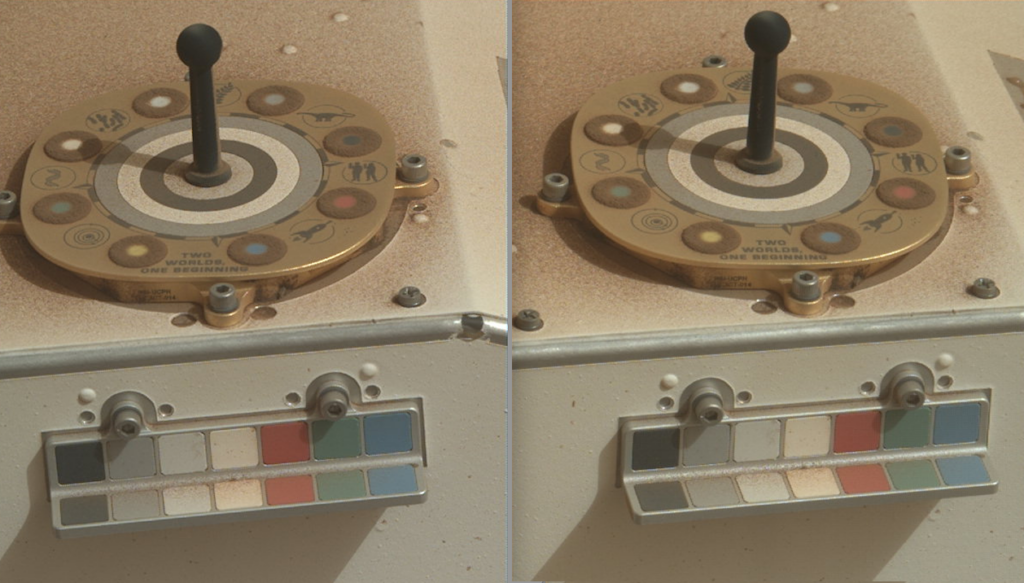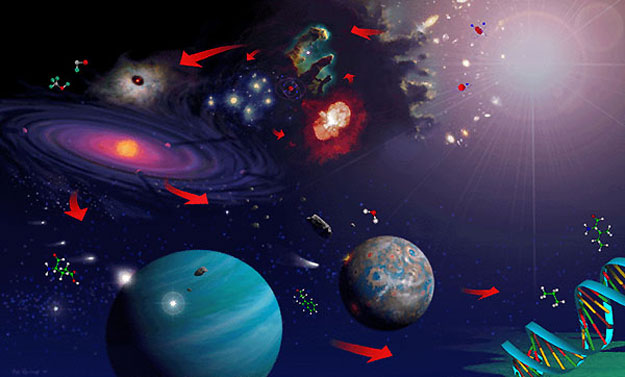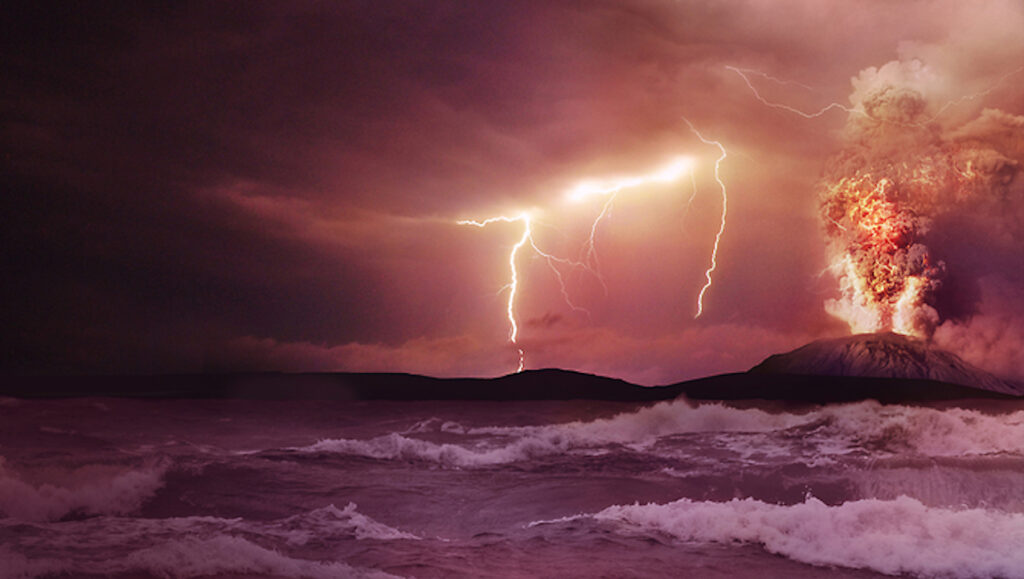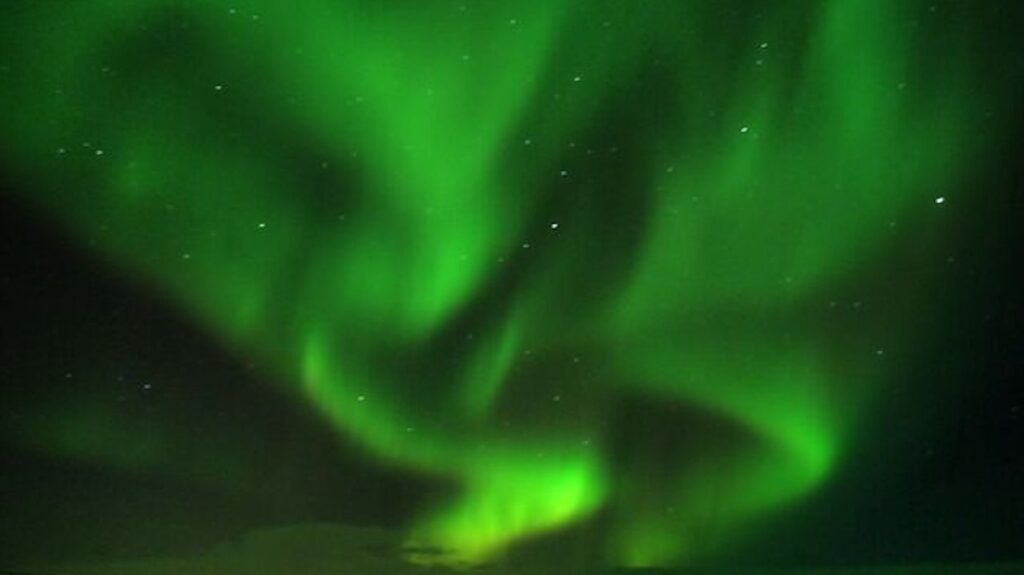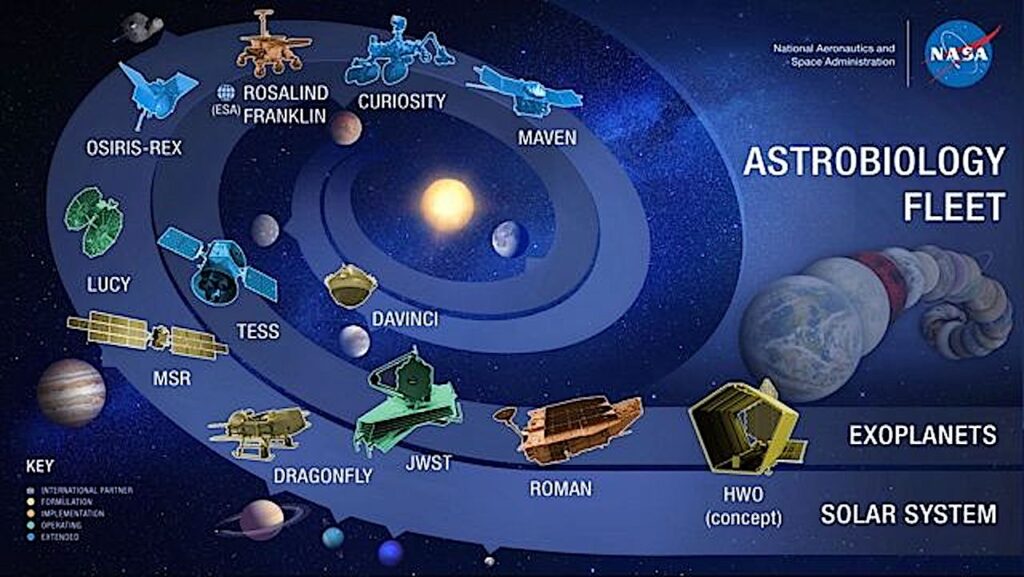2/25 Director's Seminar: "Can Rocks from Mars Yield Definitive Evidence of Past Life?"
Presenter: J. William Schopf
Date/Time: 2/25/2008 11:00 AM PST
Throughout recorded Earth history, microbial life has been ubiquitous, abundant, metabolically diverse, and, for the Precambrian four billion years of geologic time, biotically predominant. In the search for life elsewhere in the Cosmos, the prokaryote-dominated world of the Precambrian is the best analogue we know. Though evidence of microbe-level life will thus be sought in rocks returned from Mars, for the first such missions only minimal samples will be available. This raises important questions: What amount of rock is needed to detect past life? What evidence is required to establish biogenicity? How can true fossils be distinguished from contaminants?
The Precambrian fossil record holds the answer. Given the minute size of fossil microbes and their prodigious abundance in some Precambrian rocks, firm evidence of ancient life has been adduced from samples weighing as little as 0.1 g (in volume, about half the size of a grain of rice). Backed by other lines of evidence, the biogenicity of such fossils is shown by their (1) biological, cellular, morphology and (2) carbonaceous (kerogenous) composition. And their indigenousness is established by showing that (3) the geochemical maturity of the fossil-comprising kerogen is consistent with the rock matrix in which they occur.
The presence of these three fossil-identifying traits can be shown by use of confocal laser scanning microscopy and Raman imagery, two techniques new to astrobiology. By providing micron-scale three-dimensional images of organic-walled fossils, both yield firm evidence of biological morphology, and Raman imagery can establish the molecular-structural composition as well as the geochemical maturity of the analyzed kerogen. Both of these non-intrusive and non-destructive techniques can be used to study fossils embedded in petrographic thin sections such as those to be prepared for mineralogical studies of Mars rocks.
For more information and participation instructions: http://nai.arc.nasa.gov/seminars/seminar_detail.cfm?ID=118
[Source: NAI Newsletter]


